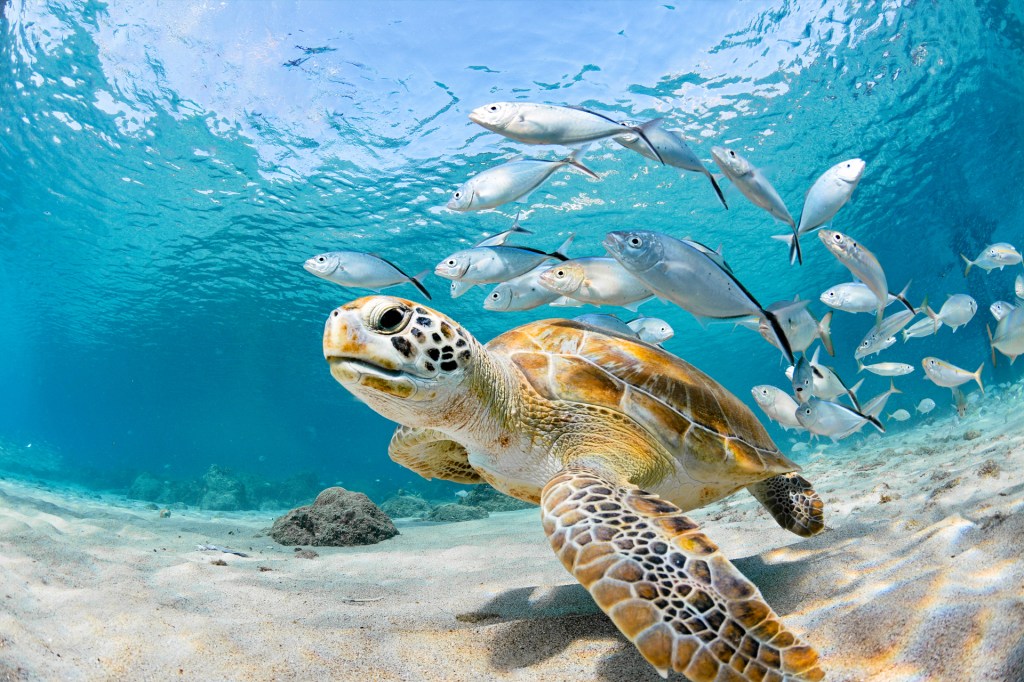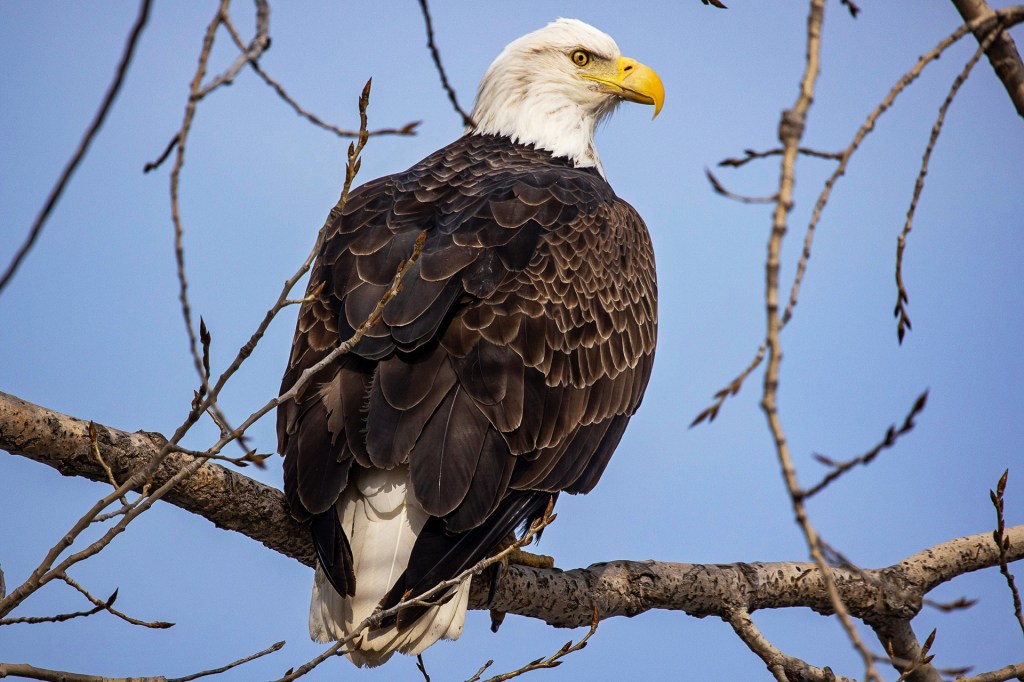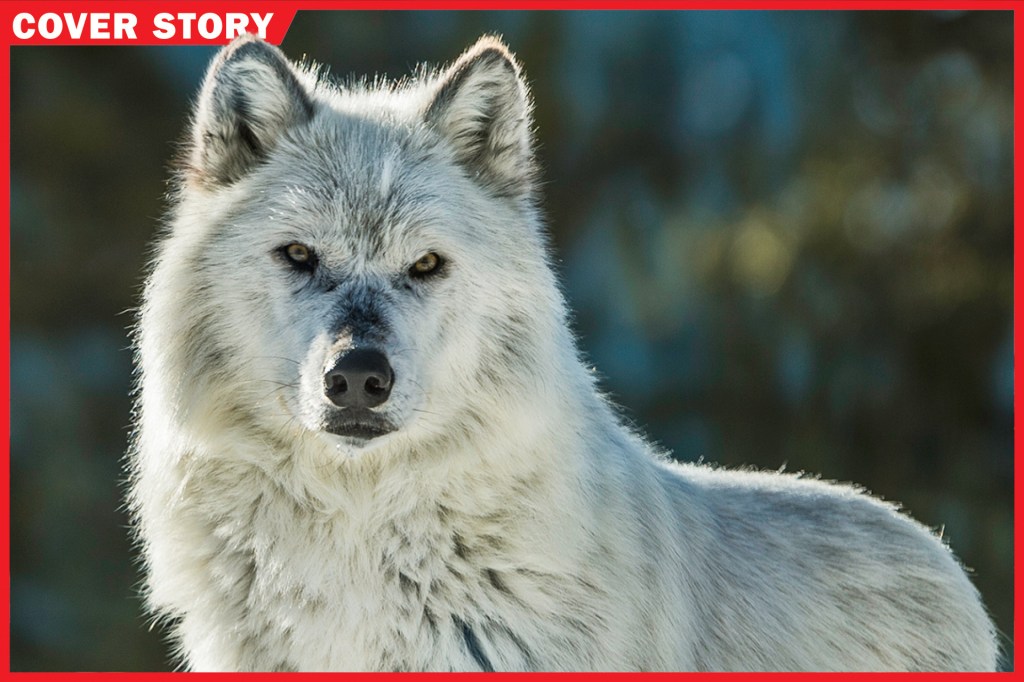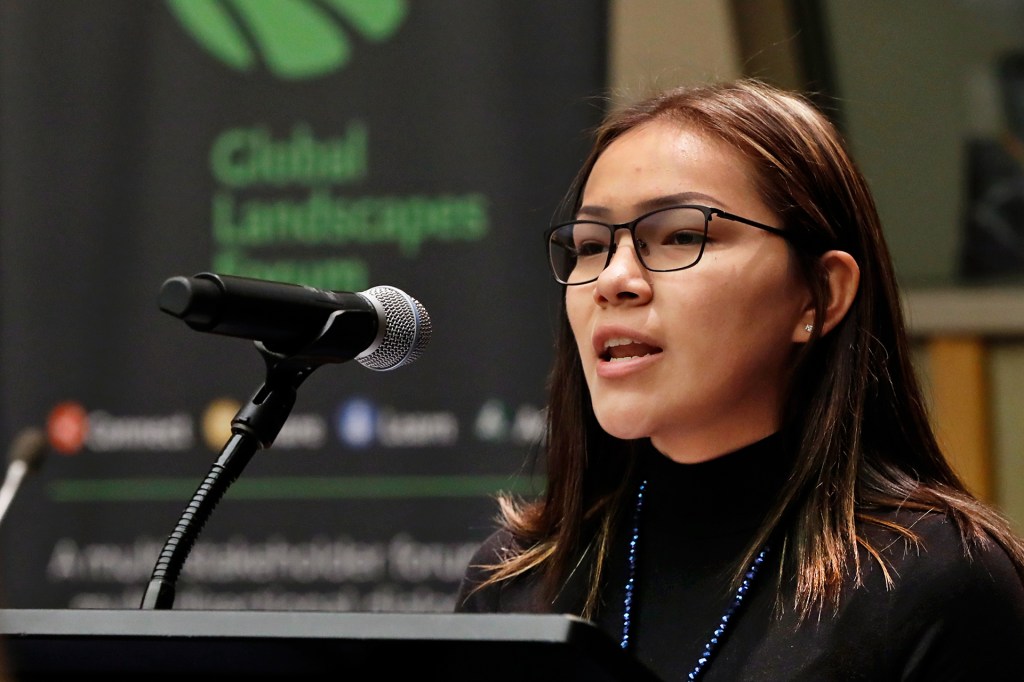Shell Game
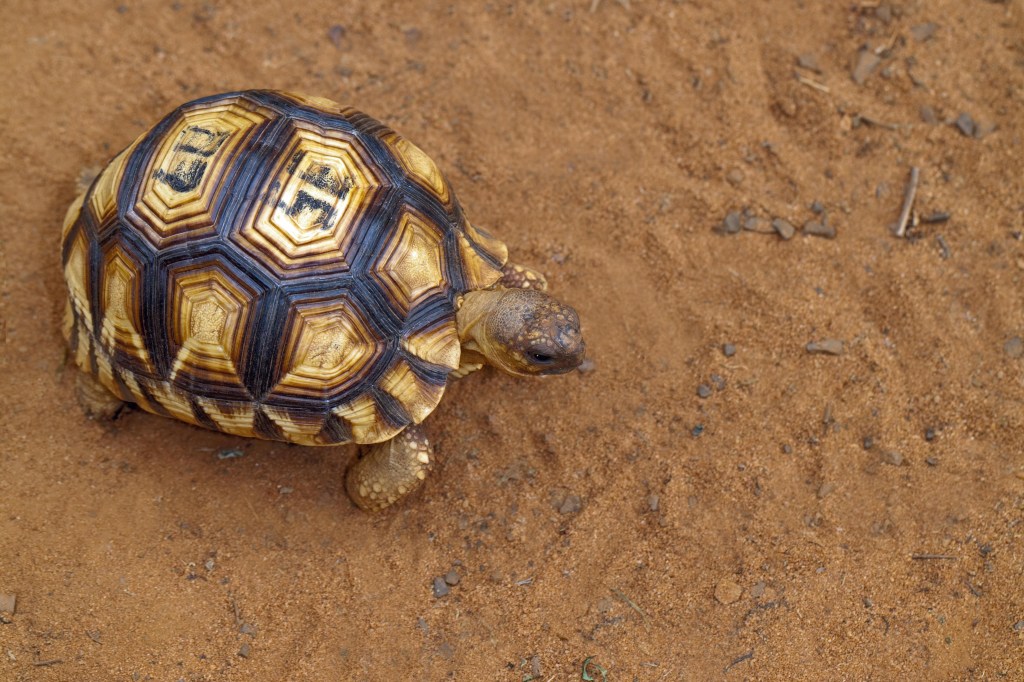
The ploughshare (plow-share) tortoise is one of the world's most endangered animals. Experts estimate that there are fewer than 300 adults in the wild. A small piece of land in northwest Madagascar is the species' only natural habitat. Because of their golden-yellow color and distinctive dome-shaped shells, the tortoises are highly prized. "They are incredibly attractive animals," Richard Lewis told TFK. He is the director of Madagascar operations for the Durrell Wildlife Conservation Trust (DWCT).
Lewis is determined to save the species from extinction. To do so, he believes that drastic action is needed. He is leading an effort to permanently deface the animals' shells. "It's unfortunate but necessary. None of us like doing it," he says. Drilling into the ploughshares' shells is a "last-ditch attempt" to save the animal, he says.
Collector's Items
According to Lewis, the biggest threat facing the tortoises is the wild-pet trade. Ploughshares are being stolen from Madagascar and sold for high prices. There is a great demand for the species in other countries, particularly in China.
"It's all about the pet trade," Lewis says. He compares the buyers to collectors of rare coins and stamps. "People want to own the rarest animal," he explains. And they are willing to pay top dollar.
For the last four years, the DWCT has been engraving a four-digit code number, along with a large MG (for Madagascar) onto each tortoise's shell. Once that is done, Lewis says, the tortoise "is no longer a pristine animal." The group hopes that marking the shells makes the tortoises less desirable to poachers and buyers.
Rescue Operations
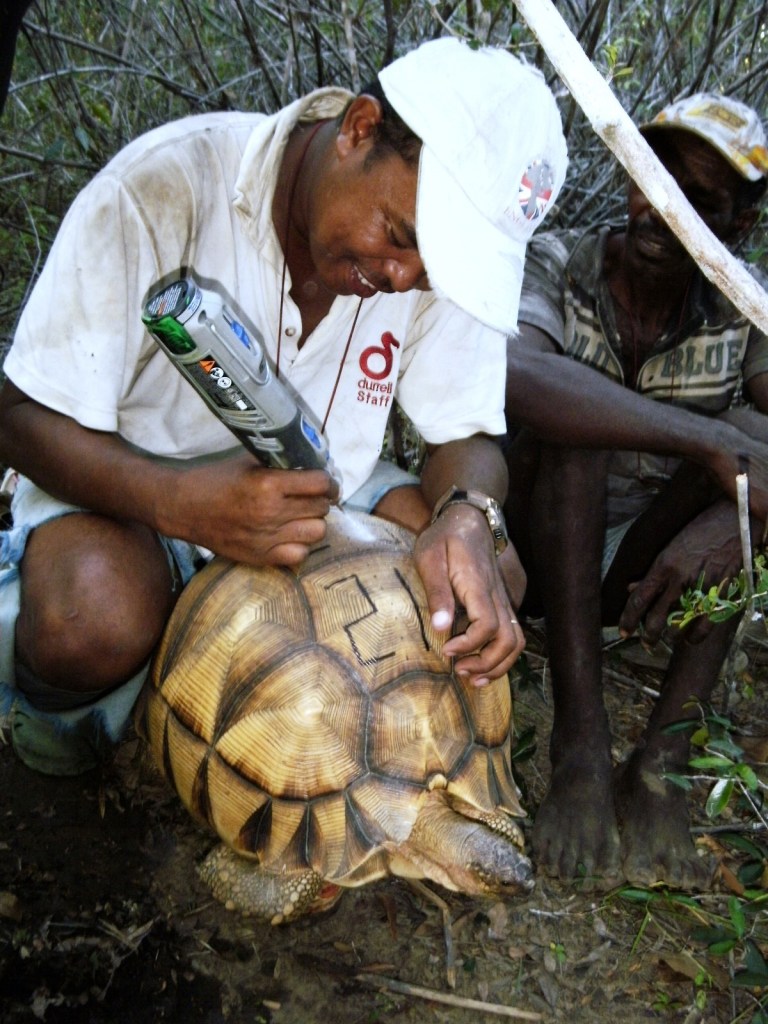
A DWCT staff member carves a number on the shell of a ploughshare tortoise.
ANDREA CURRYLOWTo go forward with the engraving program, the DWCT had to get permission from Madagascar's government. Since the tortoises live in a national park, people are not legally allowed to harm them. Lewis's team had to show officials that engraving the shells does not hurt the animals. "When you drill into the shell, you are not drilling into the body of the animal. It's not going to bleed, and it's not painful," he says.
The DWCT also has a program to boost the number of ploughshares by breeding captive tortoises. But Lewis points out that the damage already done to the species' population will take generations to fix. "They don't produce babies until they are 20 years old," Lewis explains. "Working with tortoises is a long-term game."
Since the captive breeding program began, in 1986, the DWCT has released more than 100 youngsters into the wild. "As long as they don't get attacked or poached, that's a viable number for the long-term survival of the species," he says.
Will defacing the shells work? Lewis says he doesn't know for sure. In recent months, some marked tortoises have been stolen. According to Lewis, the DWCT faces a big challenge. "We need to change the hearts and minds of people," he says, "so they no longer want to buy these animals."





